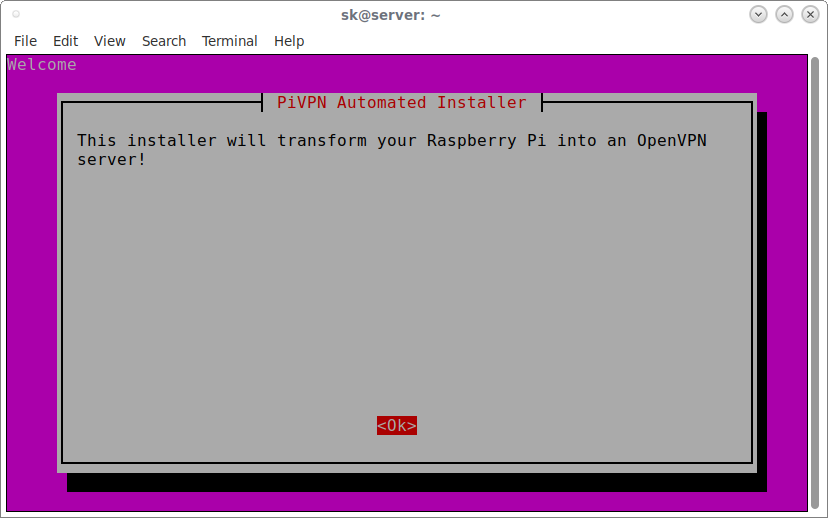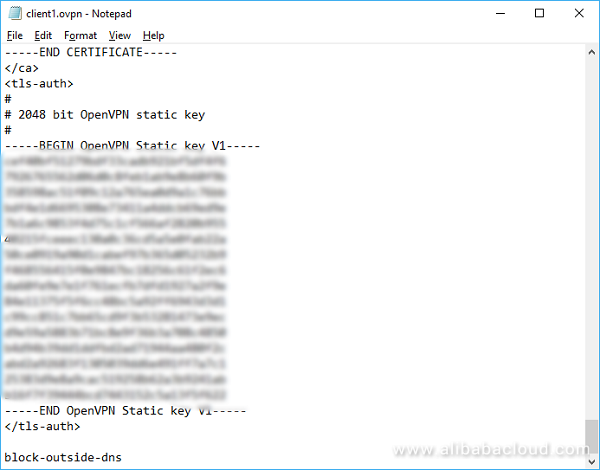
#Openvpn setup password#
While simply having this file won’t allow you to connect (you still need the password defined above), it’s still recommended that you do your best to keep it local to the device using it. ovpn file contains a certificate at the bottom. It is recommended that you transfer this file locally, meaning by using a network share or an external USB stick. You can access the profile by navigating to the ovpns folder. Then, enter and verify a password for the client. Most people will use the default 1080 day certificate, but this can be adjusted if you’d like. You will then be asked how long the certificate will last. Run the command below to start the profile creation.

Creating a profile is very easy thanks to PiVPN. The next section will explain how you can set up VPN profiles.ġ. The installation is now complete! Reboot your Raspberry Pi. Enable unattended-upgrades (unless you have a good reason not to) and proceed. The next step will tell you that the VPN Server will check for unattended-upgrades, and a periodic reboot will be required. You will be prompted that the server key and HMAC key will be generated. At the next screen, select Yes to confirm that it is correct.ġ1. If you selected to use a dynamic DNS address, you can enter that information here. However, if you have a dynamic external IP address, you will need to set up DDNS.
#Openvpn setup free#
If you have a static IP address, you are free to use this address. You will now be prompted to use your public IP address or public DNS entry. Select Custom if you’d like to use your own DNS server (Pi-hole/AdGuard Home, etc.), or any of the public DNS providers if you don’t want to use a local DNS server.ĩ. You now need to select the DNS provider you’d like to use. Select OK and then select Yes to confirm the port settings are correct.Ĩ. If you would like to change this, you can do that here. The default port that OpenVPN uses is UDP 1194. The suggested approach is to select No to proceed.ħ. My recommendation is to keep these settings, but if you intend on changing any of them, select yes. The next section will have a few default settings.
#Openvpn setup install#
You will be brought to a screen that will inform you that PiVPN will allow you to install OpenVPN or WireGuard on a Raspberry Pi. For most people, you will select the Pi user.Ĥ. If you’ve created a different user (outside of the default pi user), you will have the option here. You will now need to select a local user.

I specified a static IP address in my router so I selected Yes.ģ. If you can’t set a static IP address for your Raspberry Pi in your router, set a static IP address on the Raspberry Pi by selecting No and following the instructions. However, certain routers (mostly ISP provided ones) do not allow you to complete DHCP reservations.

It’s best to set a static IP address in your router’s settings, as you are ensuring that DHCP does not try and give this address to any other devices. The first screen will inform you that you need to set a static IP address.


 0 kommentar(er)
0 kommentar(er)
